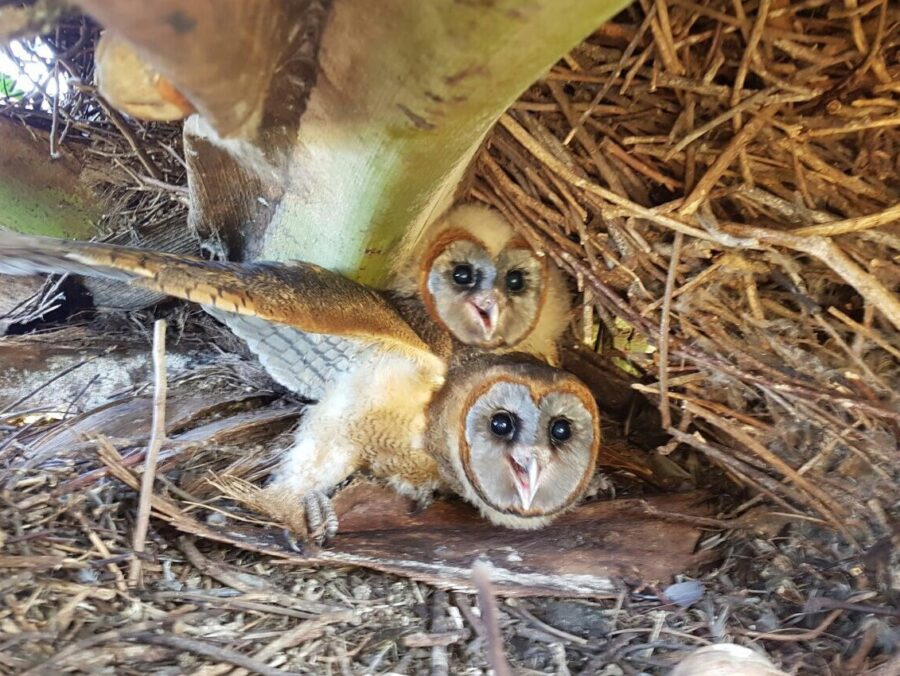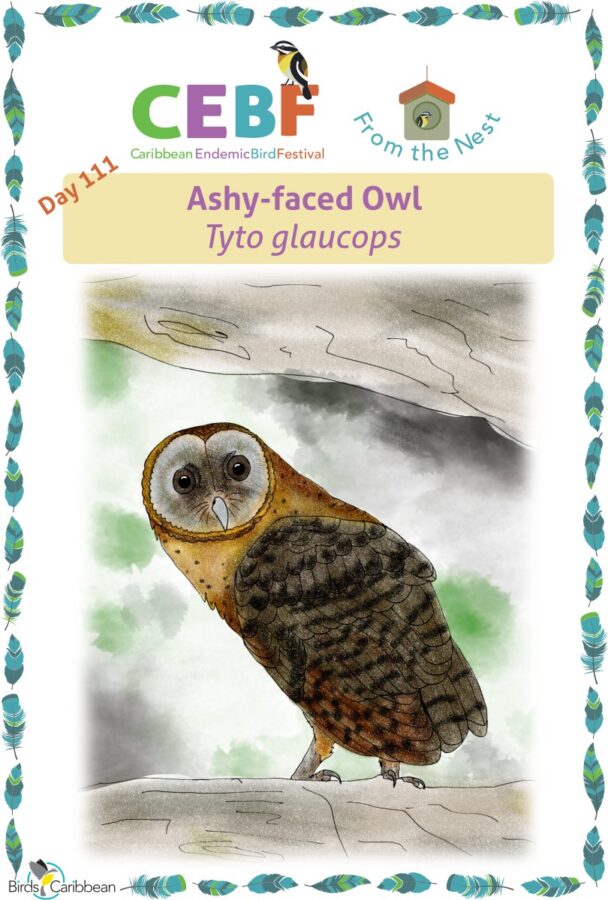Celebrate the Caribbean Endemic Bird Festival (CEBF) with us! Our theme in 2023 is “Water: Sustaining Bird Life,” highlighting the importance of water conservation to both humans and birds. Have fun learning about a new endemic bird every day. We have colouring pages, puzzles, activities, and more. Download for free and enjoy nature with your family at home.
Endemic Bird of the Day: Ashy-faced Owl
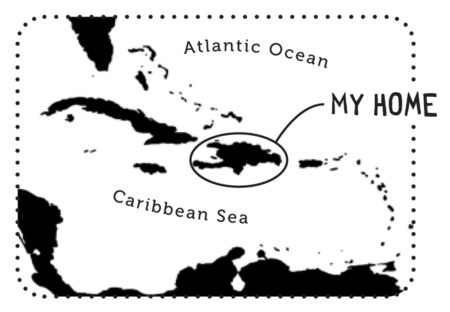 The Ashy-faced Owl (Tyto glaucops) is endemic to the island of Hispaniola (Haiti and Dominican Republic). It is a close relative of the Barn Owl (Tyto alba), but it is much darker and smaller. Its adorable heart-shaped face is ash gray which gives rise to its common name.
The Ashy-faced Owl (Tyto glaucops) is endemic to the island of Hispaniola (Haiti and Dominican Republic). It is a close relative of the Barn Owl (Tyto alba), but it is much darker and smaller. Its adorable heart-shaped face is ash gray which gives rise to its common name.
It is easy to distinguish a night owl from a daytime owl by the color of its eyes. The Snowy Owl, the owl featured in “Harry Potter,” has yellow eyes and is a good example of a daytime owl. The Ashy-faced Owl has black eyes and is a night owl or nocturnal hunter. It feeds mostly on small mammals (rodents and bats), but its diet includes more than thirty species of birds, plus reptiles, amphibians, and invertebrates.
Although the Ashy-faced Owl is considered abundant on the island, and is not threatened (Least Concern) its population is considered to have declined since 1930. This is due to the destruction of its habitats and the scarcity of nesting cavities. It is also suspected that its close relative, the Barn Owl, may be competing with it for nesting sites. Unfortunately, owls are also persecuted and often killed because they are believed to be omens of death. This is a quite common, but unfounded superstitious belief in the Caribbean.
Ashy-faced Owls live in many types of habitats: open fields, both dry and wet forests, scrub, cave areas, agricultural plantations, palm plantations, and abandoned buildings, but they prefer dense wooded areas. Their calls consist of a harsh “shaaaaaa” sound that looks like a whistle and rapid clicks like those of insects.
They breed from January to June, nesting in natural cavities such as hollows in trees, in caves, in limestone cliffs, and in artificial places. They lay 3 to 4 white eggs. The eggs of birds nesting in dark cavities are almost always white, perhaps because in the dark they cannot be seen by predators. Only females incubate the eggs. Incubation lasts from 30 to 32 days.
Females are much larger and stronger than males—they weigh more than 500 grams, while males weigh between 300 and 350 grams. Therefore, in cases of “domestic disputes” between a nesting pair, the male is the most vulnerable. But there is an advantage to being smaller. Males, being smaller and more agile, hunt different prey from females. Their diet is more varied and this helps reduce competition for food between the sexes.
In captivity a pair with three chicks consumes on average a dozen mice per night, which proves their importance as biological controls. Perhaps whoever kills an owl should be condemned to eat twelve mice a day for several weeks! Learn more about this species, including its range, photos, and calls here.
Thanks to Simón Guerrero for the text!
Colour in the Ashy-faced Owl
Download our West Indies Endemic Bird colouring page. Use the photos below as your guide, or you can look up pictures of the bird online or in a bird field guide if you have one. Share your coloured-in page with us by posting it online and tagging us @BirdsCaribbean #CEBFfromthenest
Listen to the calls of the Ashy-faced Owl
The calls Ashy-faced Owl are include a harsh and hissing “shaaaaaa” call as well as rapid, high-pitched clicks.
Puzzle of the Day
Click on the image below to do the puzzle. You can make the puzzle as easy or as hard as you like – for example, 6, 8, or 12 pieces for young children, all the way up to 1,024 pieces for those that are up for a challenge!
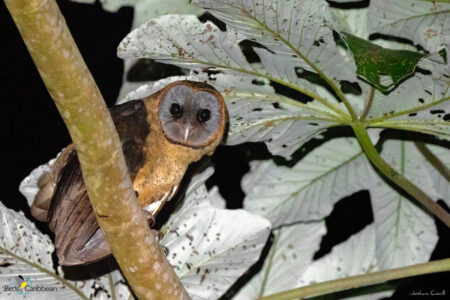
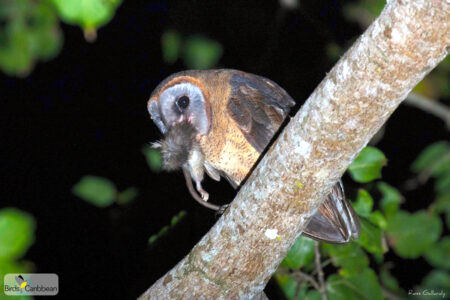
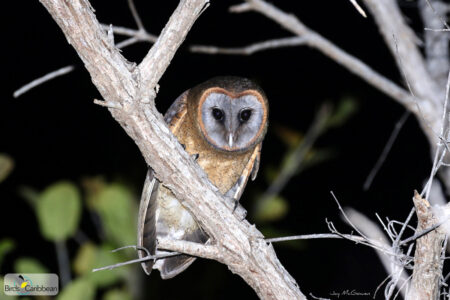
Activity of the Day
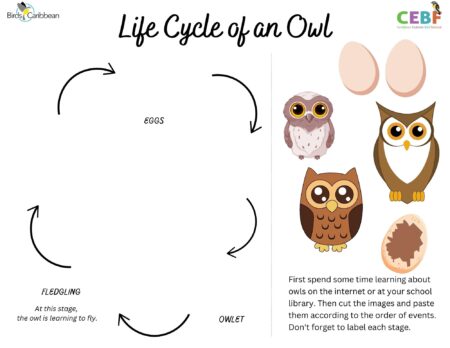 FOR KIDS: How much do you know about the life-cycle of our featured bird the Ashy-face Owl? Why not test your knowledge and complete our “Life Cycle of an Owl” activity?
FOR KIDS: How much do you know about the life-cycle of our featured bird the Ashy-face Owl? Why not test your knowledge and complete our “Life Cycle of an Owl” activity?
First spend some time learning about owls on the internet or at your school library. Then carefully cut the ‘missing’ images and paste in the correct order to complete this owl’s life cycle! Don’t forget to label each stage.
You can check your completed life cycle against the correct one, which can be found here.
FOR KIDS AND ADULTS: Enjoy this video of an Ashy-faced Owl in the wild!
Find out more about the Ashy-faced Owl in the article from the Journal of Caribbean Ornithology, published in 2018. In this article, Curti et al. provide the first detailed description of an Ashy-faced Owl nest, providing vital information about the biology of this secretive species.
First description of Ashy-faced Owl (Tyto glaucops) nest and first record of Ashy-faced Owl nesting in Palmchat (Dulus dominicus) nest on Hispaniola
Marta Curti, Christine D. Hayes, Thomas I. Hayes, Misael Calcaño Silven
